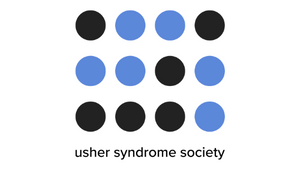How Retinitis Pigmentosa Works
Retinitis pigmentosa (RP) is a disease of the retina cells in the eye that are known as the rods. The retina is the light sensitive tissue of the back of the eye where the first stage of “seeing” take place. With RP the retina slowly degenerates and loses its ability to transmit pictures to the brain. The early symptoms of RP include difficulty seeing in the dark, often coupled with problems in adapting to bright light and changing light conditions. A later symptom is a loss of ability to see to the periphery, also called tunnel vision.
Rods are located in the retina and are mainly responsible for our ability to see dim light. Also, because they are located in the periphery of the retina, they help in peripheral vision. Because it is genetic, RP is actually present at birth, but it does not become detectable until later.
Night blindness
This refers to the inability to see in dim light. During twilight or at night, or in a dimly lit hallway, people with RP will have great difficulty seeing. In fact, a child who might see perfectly well during the day may be blind once the sun goes down. The first symptom is usually difficulty in situations where the level of light is low, like a movie theater. This is often present at an early age. Children with RP are sometimes reluctant to go out at night and may insist on a light during the night when sleeping. They may have difficulty going from bright to dark lighting or vice versa.
Tunnel Vision
In RP the cells at the edge of the retina gradually stop sending information about changes in light levels and the shape of objects on the edge of someone’s vision. This loss of visual field, or “tunnel vision” means that someone cannot see objects unless they are directly in front of him. This may mean for example, that they can still read books and a computer screen, but will need to use tools and/or techniques to keep from running into things and tripping over low obstacles. As RP progresses, one's ability to see out toward the sides and the top and bottom of their visual field decreases. Peripheral vision gradually decreases, leading to severe tunnel vision as adults.
In this video, Tim Chambers, an artist with Usher type 2A, describes the impact of RP on one's vision.







